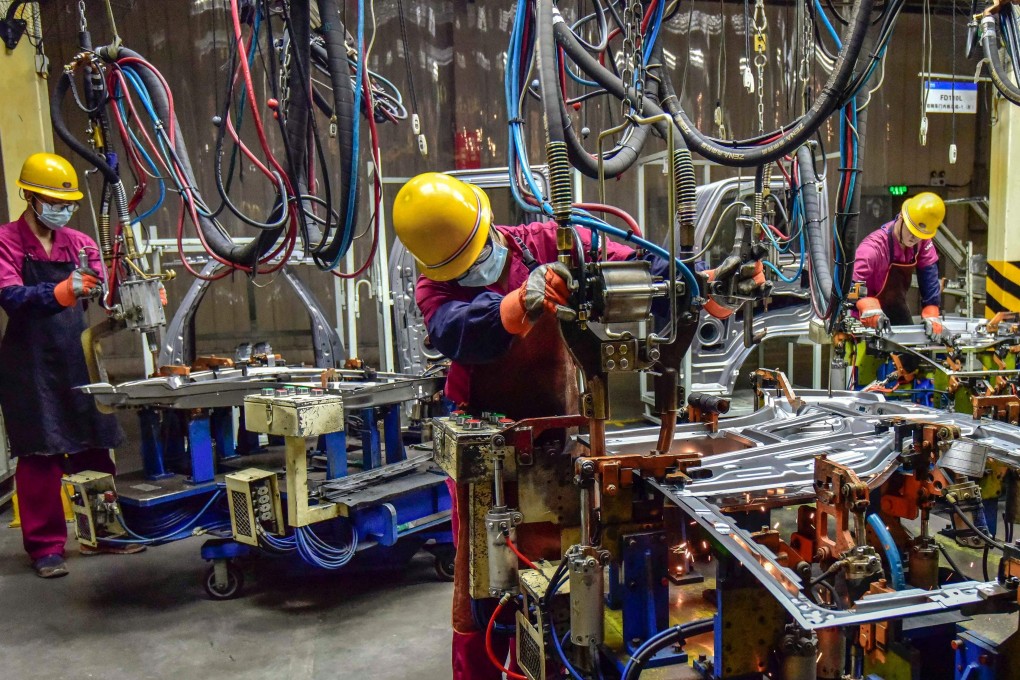China inflation: record factory prices amid power crunch add to risks facing world’s No 2 economy
- China’s producer price index (PPI) rose by 10.7 per cent in September from a year earlier, as a surge in global coal prices pushed up raw material costs
- There is no indication yet that elevated factory-gate prices are filtering through to consumers, but some analysts warn risk of stagflation is rising in China

**Editors note: since this story was published, China's National Bureau of Statistics (NBS) updated its database with more historical data. Data before October 1996 had been unavailable until the update pushed the available records back to January 1993. Given the update, the producer price index (PPI) reading for September was not an all-time high.**
China’s record-high level of factory gate inflation has increased the risk of stagflation, but surging coal prices that have forced factories to charge more for their products are unlikely to keep rising at the same pace for much longer, analysts said.
The increase in factory-gate prices last month beat analysts’ expectations in a Bloomberg survey – who had predicted a rise to 10.5 per cent year on year – and topped the previous record of 10.1 in September 2008.
The pickup was largely driven by a 74.9 per cent year on year increase in the coal mining sector last month, up from a rise of 57.1 per cent in August, the National Bureau of Statistics (NBS) said.
Inflation surprised on the upside. We think the risk of stagflation is rising in China as well as the rest of the world
Dong Lijuan, a spokeswoman for the bureau, said “factors such as rising prices of coal and some energy-intensive industries” were behind the expansion, adding that of the 40 industrial sectors surveyed, 36 saw price hikes.